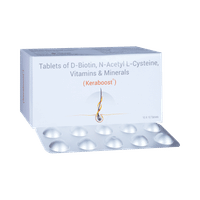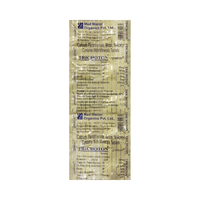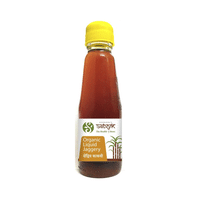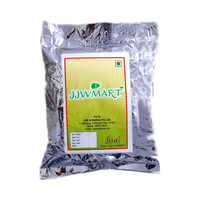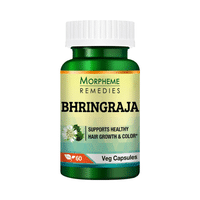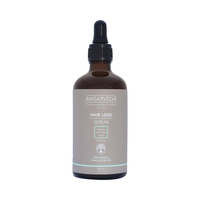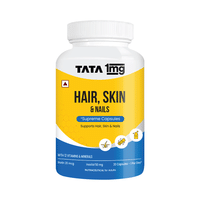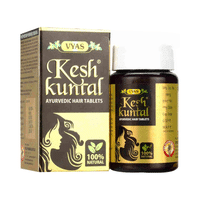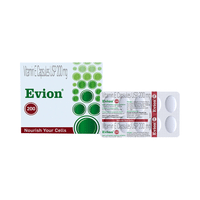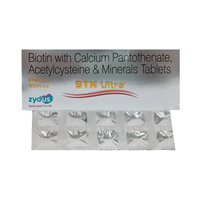Aimil Purodil Syrup | Fights Acne & Pimples | Controls Skin Infections & Allergies
(200 ml Syrup in bottle)
Rs. 222
Rs. 255
13% off
Rs. 222
Rs. 255
13% off
Aimil Purodil Syrup | Fights Acne & Pimples | Controls Skin Infections & Allergies
(200 ml Syrup in bottle)
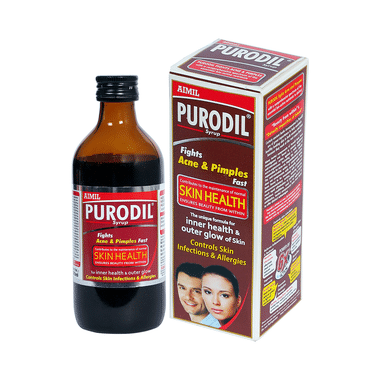
Product Details
Aimil Purodil Syrup
Purodil Syrup is a polyherbal formulation designed to provide a comprehensive and systemic approach to managing various skin disorders, particularly acne and pimples. The syrup is formulated with a blend of over 35 botanical extracts, key micronutrients, and antioxidants. Purodil Syrup acts in a multi-dimensional manner to address the underlying causes of skin disorders. It is said to have antimicrobial, anti-inflammatory, anti-allergic, and antioxidant properties. The syrup is also believed to function as a blood detoxifier and immune system enhancer.
Key Ingredients:
Manjisthadi Kwath,Sariva,Guduchi,Manjith,Khadir,Chirayata,Jawasa,Neem,Chopchini,Ushwa,Revand Chini,Harad,Motha,Amaltas,Shirish,Nisoth,Babul,Kachnar,Bakuchi,Haridra,Chaul Mogra,Brahmi,Kasmad,Mundi,Tulsi,Vidang,Pitpapda,Kalmegh,Tarbooj,Kutaj,Kutaki,Daruharidra,Inderjav,Kamal,Gulab Arka
Key Benefits:
Product Specifications And Features:
Net Quantity:
200 ml
Indications:
It is used as a herbal formulation supporting skin health and may help in maintaining skin cleanliness and beauty.
Product Weight Net Qty:
200 ml
Area Of Application:
Skin disorders, particularly acne and pimples
Dosage:
["Adults: 2-3 tablespoonfuls twice or thrice daily", "Children: 1-2 teaspoonfuls twice a day", "Or as directed by a healthcare professional"]
Directions For Use:
Safety Information:
- Fights Acne & Pimples
Purodil Syrup is a polyherbal formulation designed to provide a comprehensive and systemic approach to managing various skin disorders, particularly acne and pimples. The syrup is formulated with a blend of over 35 botanical extracts, key micronutrients, and antioxidants. Purodil Syrup acts in a multi-dimensional manner to address the underlying causes of skin disorders. It is said to have antimicrobial, anti-inflammatory, anti-allergic, and antioxidant properties. The syrup is also believed to function as a blood detoxifier and immune system enhancer.
Key Ingredients:
Manjisthadi Kwath,Sariva,Guduchi,Manjith,Khadir,Chirayata,Jawasa,Neem,Chopchini,Ushwa,Revand Chini,Harad,Motha,Amaltas,Shirish,Nisoth,Babul,Kachnar,Bakuchi,Haridra,Chaul Mogra,Brahmi,Kasmad,Mundi,Tulsi,Vidang,Pitpapda,Kalmegh,Tarbooj,Kutaj,Kutaki,Daruharidra,Inderjav,Kamal,Gulab Arka
Key Benefits:
- Purodil Syrup is believed to have properties that may support skin appearance and help maintain healthy skin.
Product Specifications And Features:
- Product Form: Liquid
Net Quantity:
200 ml
Indications:
It is used as a herbal formulation supporting skin health and may help in maintaining skin cleanliness and beauty.
Product Weight Net Qty:
200 ml
Area Of Application:
Skin disorders, particularly acne and pimples
Dosage:
["Adults: 2-3 tablespoonfuls twice or thrice daily", "Children: 1-2 teaspoonfuls twice a day", "Or as directed by a healthcare professional"]
Directions For Use:
- Adults: 2-3 tablespoonfuls twice or thrice daily
- Children: 1-2 teaspoonfuls twice a day
- Or as directed by a healthcare professional
Safety Information:
- Read the label carefully before use
- Store in a cool, dry and dark place
- Keep away from direct sunlight













